“The only qualities essential for real success in journalism are
rat-like cunning, a plausible manner, and a little literary ability.”
~Nicholas Tomalin, The Sunday Times Magazine, Oct. 26, 1969
It’s been a little better than a year now since I said yes, I’d like to try local reporting.
It’s not gotten any easier. And yet, I love it. I love the hardness of the writing. I love to print out a “final draft” and take it outside to review with a colored pen and a cup of coffee. I love that moment of pleasantness when I hit send. I love seeing my byline; I particularly enjoy seeing it under photos I have taken! I love all the pockets in my reporter’s vest. I love reading the Chicago Manual of Style’s Q & A (the You Could Look It Up section makes me giggle)!
I thought I’d learned a little when I wrote this: Learning to Report: My First Six Months on the Local Beat. Now I know how little I know.
“The central dilemma in journalism is that you don’t know what you don’t know.”
~ Bob Woodward
It took me ‘til last week (long drive, loud music) to realize that reporting is like writing a grievance. Way back, we used to teach union stewards to “start with the date.” What happened? When did it happen? Just the facts, we used to tell them. Like reporting.
So many of my ledes (is it lede or lead? Lede is so wonderfully pretentious!) sound like Snoopy in a Peanuts cartoon: “It had been raining since the top of the page.”
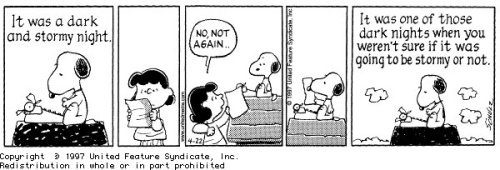
Somehow I snuck in the word “preternaturally” to start this story about Laundry Love (which is an awesome program!):
The evening of Wednesday, Nov. 8 was crisp outside for Southern California, preternaturally dark due to the recent time change, but inside the Tujunga Speed Wash, it was nothing but warm.
And like the setting to start New Citizens Call USA Home at American Heroes Air Show:
During Saturday’s sunny morning, draped by the patriotic backdrop of the American Heroes Air Show, framed by the mountains surrounding Hansen Dam, cheered by family, friends, and officials, 60 children under the age of 18 took the Oath of Allegiance to become the newest citizens of the U.S.A.
I got my first scoop Garbage Truck Fire and Explosion and learned an important lesson: Ask ALL of the questions! Here, I failed to ask if there were other vehicles involved in the fire, a significant omission!
Kids, dogs, and helicopters are easier to photograph than fire. Or (for me) anything indoors or at night!
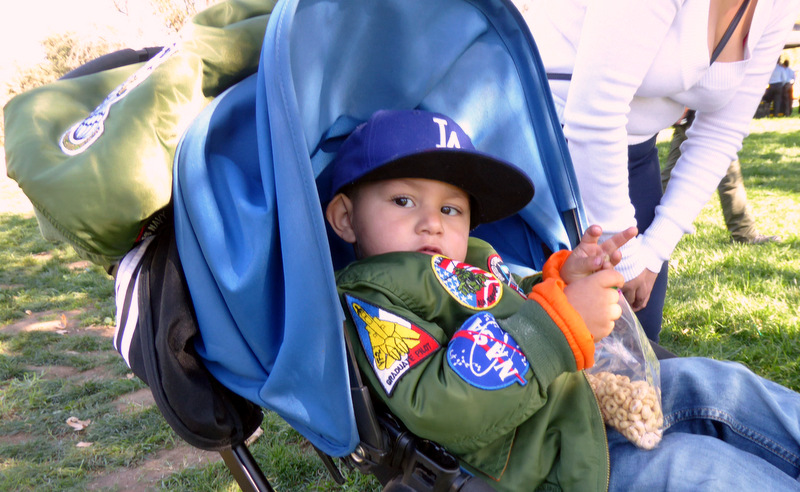
Really good editing turned this potentially mundane senior driver training story into an informative, helpful piece: Training Emphasizes ‘Holding on to the Steering Wheel (AARP considers you a senior at 50 and their driver training is well worthwhile, I learned!)
It’s fun to be new at something.
There are many helpful resources available; I’ve included an incomplete list below.
“From journalism I learned to write under pressure, to work with
deadlines, to have limited space and time, to conduct an interview, to
find information, to research, and above all, to use language as
efficiently as possible and to remember always that there is a reader
out there.”
~ Isabel Allende
Al-Jazeera’s award-winning documentary show Fault Lines’ senior producer and investigative journalist Laila Al-Arian shares in Top journalists reveal the best reporting advice they have received:
The best advice I’ve gotten about reporting is, ‘Do the reporting, and the story will write itself.’ I took his advice to mean that if you thoroughly and deeply report a story, do all the research and interviews you need to do to make it good, writing it will be easy because your material will be so strong that the story will write itself.
I took this advice writing this piece about the sexual harassment scandal in Sacramento: Friedman Wields Gavel on Sexual Harassment Subcommittee. I read all of the stories published, watched nearly six hours of hearing (is someone running against Ken Cooley? Please?), and went in to the interview with the Assemblymember with a list of questions. It made a difficult story easier to write. It did not, however, write itself.
Margaret Sullivan’s (Washington Post media columnist; previously New York Times public editor) advice in the same article:
I’m really not sure where this came from because it’s essentially a Reporting 101 truism but still really helpful: Report against your own biases. That is, include the reporting that has a chance of proving you wrong, not just confirming what you already think or think that you know. At the very least, this will allow you to know in advance what the objections to a story might be. It tends to make reporting more fair—and more bulletproof.
I tried to do this writing Celebrating Ally Week at CVHS although I’m certain my fondness for the story, the school, all the people involved, and the chorus oozes through. I guess I hoped to tell the story through the words of the participants. Same with this one about Google’s Augmented Reality school roll-out: Rosemont Students Get a Glimpse of Expeditions (Here, I tried to state the facts without squealing!) (I love these kids!) (“It’s like Pokémon GO, only for learning!”) Similarly, I’m not at all sure I was able to hide my perspective (or my age-old fondness for Mona Field) in this inspiring local story about a vibrant community facing its dark past to find a better way, together: Sign Remembers Past at CV Park!
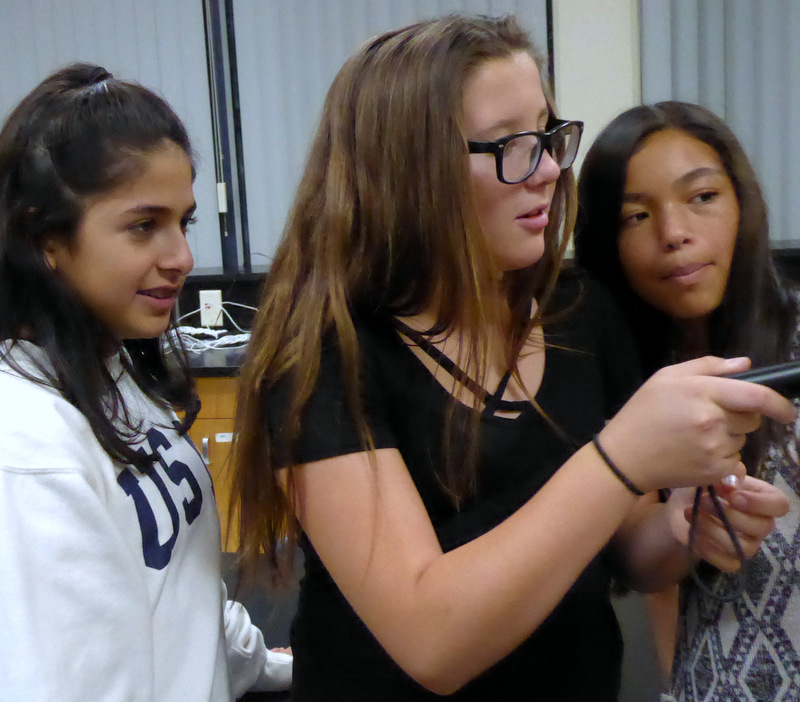
“Journalism without a moral position is impossible. Every journalist is a moralist. It’s absolutely unavoidable. A journalist is someone who looks at the world and the way it works, someone who takes a close look at things every day and reports what she sees, someone who
represents the world, the event, for others. She cannot do her work
without judging what she sees.”
~Marguerite Duras
Last week I realized that I’m a (beautiful) hour-long drive in just about any direction away from a swing district so I headed out to Corona for a protest at Congressman Ken Calvert’s district office. I intended to participate as a regular activist but when I showed up, it just seemed natural to grab my camera and handy reporter notebook. I followed the delegation inside and discomfited the young staffer by acting like a real reporter. It was so much fun and just a little “Gonzo”! Local Faith & Labor Leaders Join Calvert Constituents at Congressman’s Corona Office to Demand No Vote on Trump Tax Scam
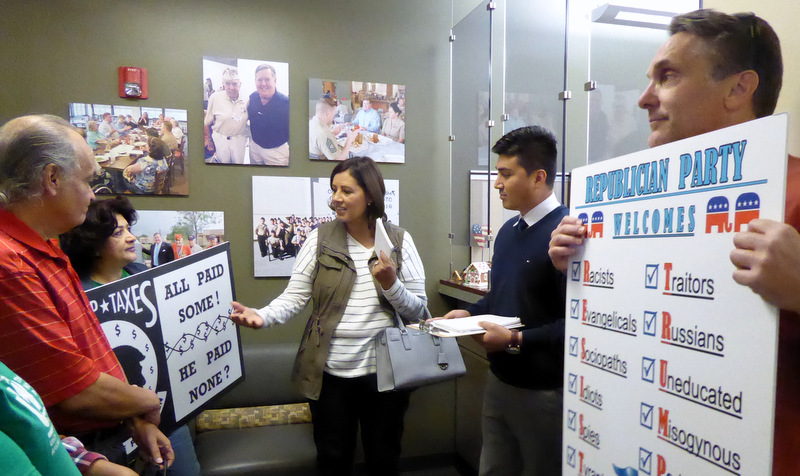
Constituents and religious leaders confront staffer in Corona office of Congressman Ken Calvert
“Gonzo journalism is a style of reporting based on William Faulkner’s
idea that the best fiction is far more true than any kind of
journalism — and the best journalists have always known this. True
gonzo reporting needs the talents of a master journalist, the eye of
an artist/photographer and the heavy balls of an actor. Because the
writer must be a participant in the scene, while he’s writing it — or
at least taping it, or even sketching it. Or all three. Probably the
closest analogy to the ideal would be a film director/producer who
writes his own scripts, does his own camera work and somehow manages
to film himself in action, as the protagonist or at least a main
character.”
~ Hunter S. Thompson
I’ve learned that it’s important to check every detail, to recheck the spelling of every name, to talk to every person. You never know! Using the subject line “quick reporter question” can get a response about pretty much anything from pretty much anyone.
I’ve also learned that Catahoula hounds are trained for search and rescue “because of their good work ethic and good noses.”
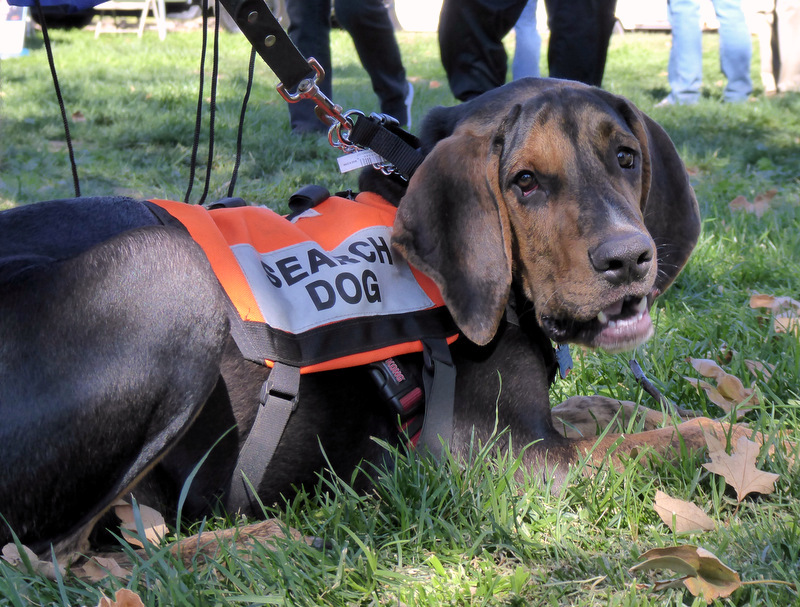
Spy Boy, Catahoula hound, happy search & rescue enthusiast
I think I’ve realized the right photographic ethical balance: Get the shot. Be polite.
USEFUL RESOURCES:
I appreciate and use this excellent advice Better by the Dozen: 12 quick tips for being a smarter reporter from the Society of Professional Journalists by Greg Hardesty, formerly of the Orange County Register, now at Behind the Badge OC :
Be a human being first, and a reporter second. This especially applies when covering tragedies. Show empathy. Keep your notebook and pen out of sight until after you look a person in the eye and introduce yourself, and chat briefly. Make a connection, then get to work.
Listen, listen, listen. You will get your best material by shutting up and not interjecting often when a source is talking. You can interact, of course, but keep it to a minimum.
Clearly explain the angle of your story before you interview someone, including when the story will run (if you know). People feel more comfortable when you spell things out to them however briefly.
Always get a phone number/email to confirm facts. This is crucial. Never get out of the habit of fact-checking (from a printout of your story; never from the computer screen). Also, you never know when you will need an extra quote or more information from your source. So you better know how to reach them.
On especially tight deadlines, use e-mail. When sources aren’t being exactly helpful, urge them to collect their thoughts and send you them in an e-mail that you later can use for quotes. This works wonders,
Never be afraid to ask someone to repeat what they have said. Your source wants you to get things right. So get things right. Don’t feel shy about re-confirming even the most basic stuff (i.e., name spelling).
Reconfirm facts via research. For example, go on the Internet to confirm the full, official name of an organization to which a source belongs. People often speak in shorthand. It’s your job as a journalist to confirm all factual stuff in your story. Get things right.
Urge your source to let you know what they thought of your story. Doing so makes a source feel as if he or she is part of a team (in a sense) and sometimes leads to great follow-up story ideas. Don’t act like some snobbish reporter on high who is immune from criticism (and praise, too, for that matter).
Think visually when writing. Visualize a story like a movie in your head. Try to place the reader at a scene. You can still do this, to a degree, when writing straight news — even briefs. Don’t get lazy just because your story may be short,.
When writing, pay attention to the rhythm of the words. Read your story out loud if you must, but good writing should be inviting to read — it should be effortless and pleasing, like listening to a favorite song. Good stories should have zest, bounce and energy.
Remember: If you are bored with your story, your reader will be doubly bored. Attack each story by challenging yourself: How can I make this the most interesting story possible? How can I grab the throat of my reader?
Always cultivate story ideas. Urge sources to call you if they ever think they may have a good story for you — even if it has nothing to do with the story you are working on when you talk to them. And when going about your daily lives outside of work, do the same if the subject of what you do comes up. Use the eyes and ears of the community to your advantage.
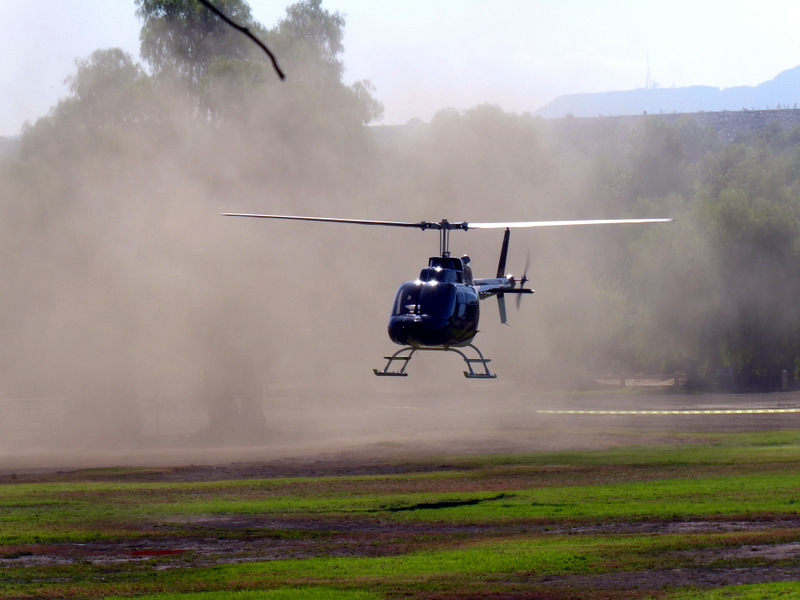
MORE HELPFUL TRAINING & JOURNALIST ORGANIZATIONS:
- Always great info and training from Poynter (Join here!)
- The venerable Chicago Manual of Style (I believe the venerable is required) (Buy it here!)
- Or, of course, the AP Stylebook (“Santa is just fine on second reference to Santa Claus.”)
- NewsGuild/CWA training resources (for union members only!)
- Lovely basics like this Learn to Write News Stories from Journalism Resources – Thought Co.
- Good, good copyediting 101: Copyediting for reporters: How to get the basics right from the Journalist’s Resource at Harvard’s Shorenstein Center on Media, Politics and Public Policy – I particularly love their Tip Sheets!
- Smart, crisp, and current, like Good Beginnings: How to Write a Lede Your Editor—and Your Readers—Will Love and Spotting Shady Statistics from The Open Notebook, a “non-profit organization that provides tools and resources to help science, environmental, and health journalists at all experience levels sharpen their skills.”
- Useful, fun advice from prominent journalists: Top journalists reveal the best reporting advice they have received in the Columbia Journalism Review (Join here!)
- More great basics here Citizen Journalism 101: Tips for producing a good story from (the delightful!) The Rapidian (read more here – do people from Grand Rapids really call themselves Rapidians?)
- Wonderful Forbes piece here: Five Tips From Buzzfeed’s Editor To Young Journalists
- Society of Professional Journalists, dedicated to the perpetuation of a free press as the cornerstone of our nation and our liberty (Join here!)
- NPR offers writing and reporting training
- The Committee for the Protection of Journalists is “an independent, nonprofit organization founded in 1981 to promote press freedom worldwide by defending the rights of journalists to report the news without fear of reprisal.” (Give them money!)
- American Press Institute is a “national nonprofit educational organization affiliated with the News Media Alliance. It works with and draws on the best ideas from anyone working in news publishing and journalism and anyone interested in its mission of making journalism sustainable.”
- Center for Media & Democracy (CMD) “is a nationally-recognized watchdog that leads in-depth, award-winning investigations into the corruption that undermines our democracy, environment, and economic prosperity.”
- Investigative Reporters & Editors (IRE) produces helpful tip sheets & much more! (Join ‘em!)
- Online News Association
- Pew Research Center – Journalism & Media for good, reliable info
- World Press Institute
- National Press Photographers Association (love their Code of Ethics!) (I think I’ll join!)
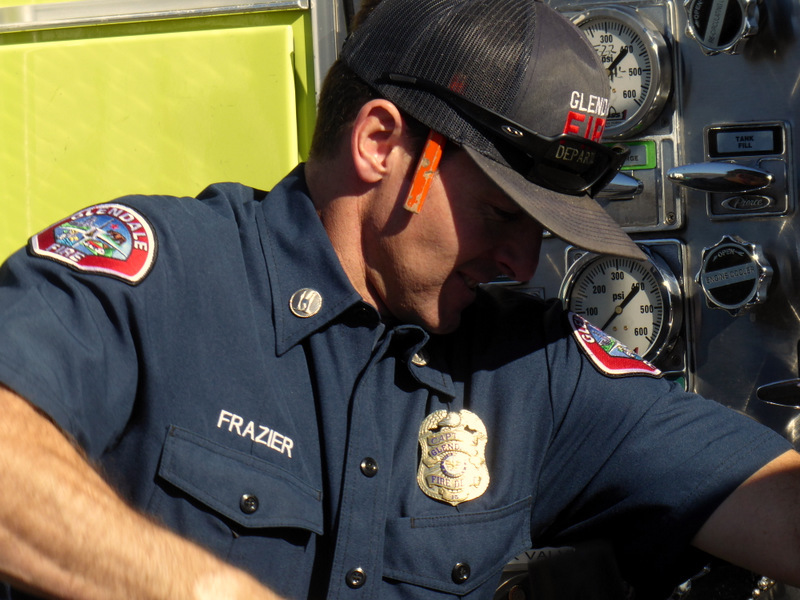
Glendale firefighter prepares for dramatic safety exhibit: Ensuring Holiday Home Safety
Final note: I’m still trying to figure out this little blog. As for my reporting, I get to write for a delightful, independent, high quality, very local little newspaper only because of your help and guidance. I continue to need and want your feedback, criticism, suggestion, comments.
I do miss writing with others!
Should I learn to “shoot” video? Recommendations for a good photography class? Do I need a bigger camera? Can anyone explain confectioners’ sugar to me?
In case you’re at all interested, here are my Crescenta Valley Weekly pieces. My favorite is still the first: Holiday Happiness Found on Oak Circle Drive
Thank you!
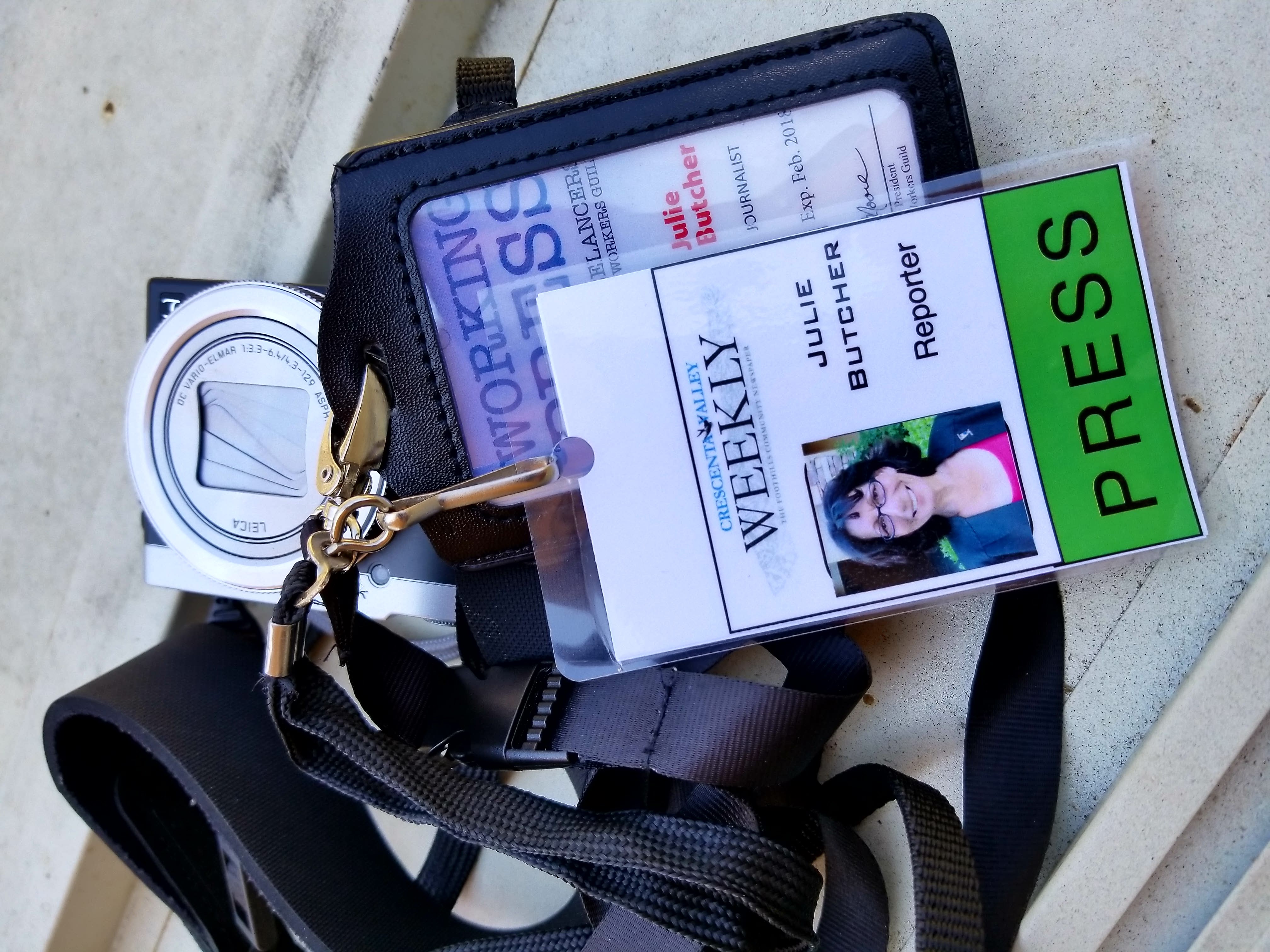
“Journalism can never be silent: that is its greatest virtue and its
greatest fault. It must speak, and speak immediately, while the echoes
of wonder, the claims of triumph and the signs of horror are still in
the air.”
~ Henry Anatole Grunwald